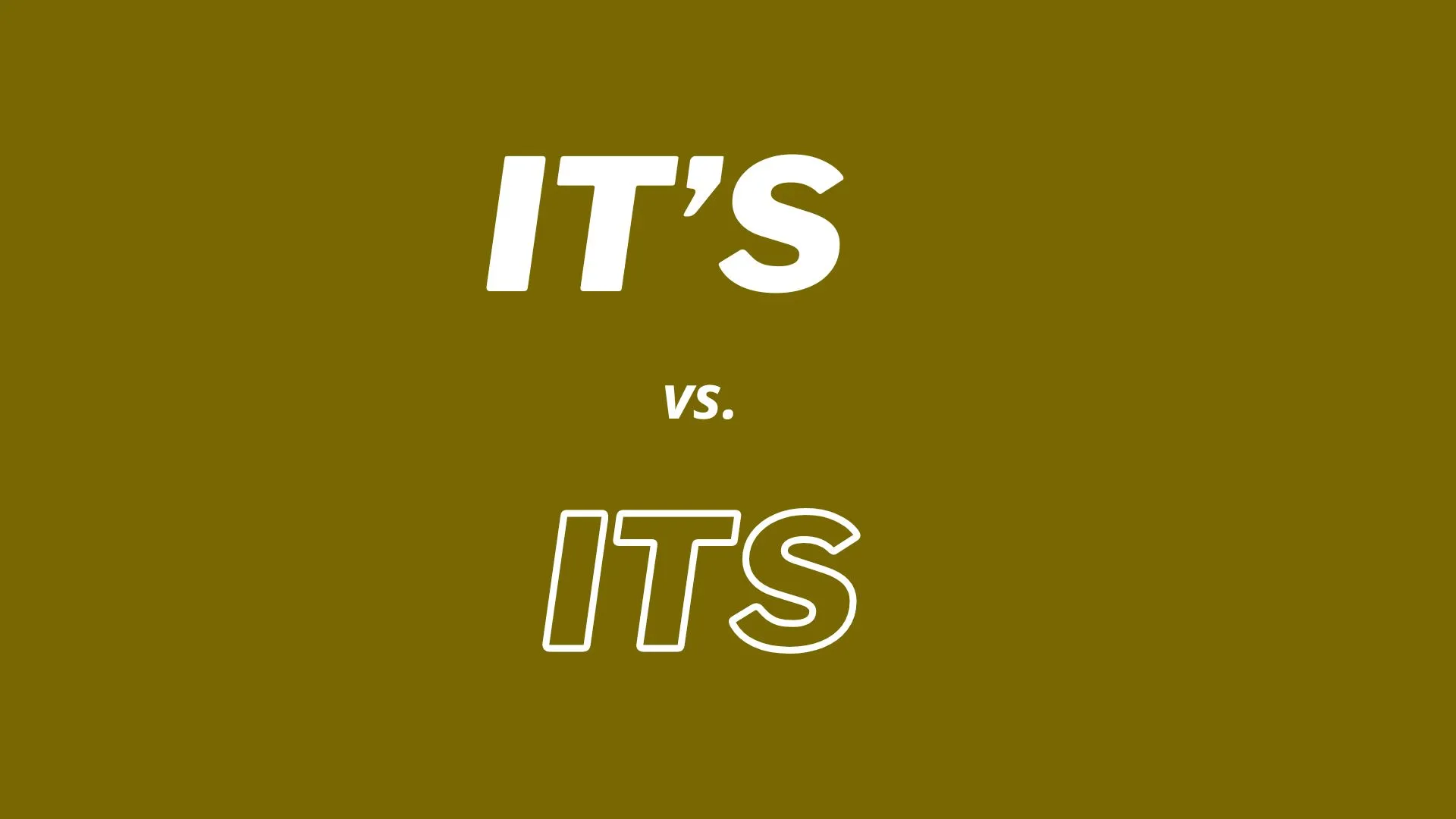

If you’re teaching English or taking ESL lessons, you may have found yourself confused about whether to use it’s or its. Using either of these words improperly is a common mistake. Understanding when to use its and it’s can help you improve your writing skills as an English speaker.
|
|
It’s |
Its |
|
Usage |
A contraction that should be used in a sentence that would read “it is” or “it has.” |
A possessive word that indicates something belongs to a noun without gender. |
The difference between “it’s” and “its” is actually quite simple:
Understanding the difference between these two words makes it easier to know when to use each one.
Knowing when to use it's and its can be confusing simply because these two words don’t follow normal conventions.
The word “it” is a pronoun, and it can be used in many ways:
Because “it” can be used as a subject, knowing when to use it’s and its can be tricky.
To say that something belongs to something else, typically, an apostrophe is used. For example, “That is Mary’s book.” The apostrophe indicates that the book belongs to Mary. The same rule cannot apply to the word it because it implies an entirely different meaning and word.
For example, you cannot say, “The business and it’s employees." But why? Because it is can be contracted to it’s, and that’s where the confusion lies.
Contractions are used in English to shorten words and improve the flow of the language. Apostrophes are used here as well. For example, “You’re not ready for the exam.” The you’re is a contraction of you and are.
Eliminating the apostrophe in its allows you to indicate possession in the same way hers and his does. Adding the apostrophe allows the word to follow the same pattern used with other contractions.
Use it’s in a sentence where you would normally write or say it is. For example:
Here are some more examples of it’s in a sentence:
In the second sentence of the first example, it’s is contracted from it has. In the third example, it’s is also contracted from it has.
Generally speaking, contractions, such as it’s, are discouraged in formal writing. However, if you’re unsure about whether it’s okay to use contractions, it’s always better to err on the side of caution and avoid them.
Remember that its is a possessive form of it, so it must be used to describe something belonging to a thing, place, animal or plant.
Here are some examples:
Once you understand the difference between these words, it becomes much clearer when to use each one. Only use it’s if you’re replacing the words it is, and only use its to say something belongs to something else. It’s really that simple!
Date: January 29th, 2023
 Rob
Rob